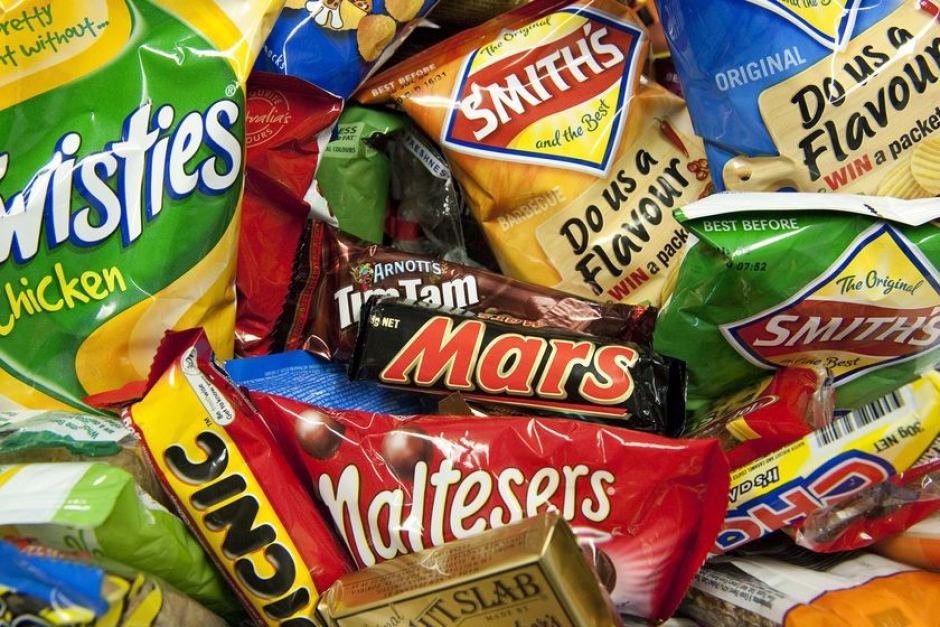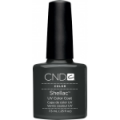We’ve all been pounded with the message to eat fresh, dine in instead of out and go organic whenever possible. However, today’s busier lifestyles and shrinking budgets have left many of us torn between cost and convenience or health and haste. But, what if you can have your healthy menu and the convenience of packaged foods without worry or sacrificing your standards? Companies and food technology businesses are heeding the demand from consumers for tasty prepared foods that are healthy and organic without breaking their grocery budget.

What Is ‘Healthy’ Packaged Food?
Most institutions and research facilities who study such matters base their findings on a certain set of criteria. Their numbers are based on a typical diet for a healthy person consuming the recommended 2,000 calorie per day diet. Those in high-risk groups like the elderly, African-Americans and people with chronic health conditions should speak to their doctor or a certified nutritionist about specific food limitations.
Label reading is hardly new advice, but taking the time to familiarize yourself with what’s in that can, bag or box, as well as knowing what to look for, can making shopping for healthy, fast alternatives easy and efficient. The key words to look out for are sugars in any form, sodium and trans-fats; you should also choose foods that have no preservatives or chemical additives. In general, the fewer ingredients listed on the label, the better, and the main food source should be listed within the first two ingredients. These are the standards for a packaged food to be considered healthy:
Breads
Even whole grain bread can be deceptively unhealthy if it contains a high amount of trans-fat or sodium. In order for a pre-packaged bread to have health benefits, it should have less than 60 calories and 120mg of sodium per slice, be made with whole grains and have no added sweeteners, especially acesulfame potassium, an artificial sweetener with a negligible safety track-record dating back decades, but which is still widely used.
Cereals
Whether you like it hot or cold, cereal is only as good as its ingredients. Hot cereal should have no added sweeteners whatsoever, be made with whole – not cut – grains and contain less than 100mg of sodium per serving. For cold breakfast cereals, look for:
– whole, non-processed, grains,
– less than 100 mg of sodium
– at least 3g of fiber per 100 calories
– low or no added sugar, and no artificial sweeteners like acesulfame-potassium or sucralose
– no artificial colors or flavors
Dairy
The debate about dairy rages on, but most nutritionist agree that some dairy is beneficial, especially for women and growing children. If you’re avoiding milk, you can still get your dairy through block cheese and yogurt. The health standards for these foods are less than 3g of fat and fewer than 170 mg of sodium per ounce for cheese. Yogurt is great fresh or made into frozen treats, but be sure to buy brands that contain no sugar and that are low in fat, but high in protein; 15g of protein in each 5.3 oz container is considered a good amount. If you need a little sweet, try honey and fresh, canned or frozen fruit.
Condiments
Sometimes it’s not the food that’s bad, but what you put on it. Condiments can liven up the flavor of almost any dish, but they’re notoriously laden with fats, sugars and artificial ingredients. However, there are some healthy choices out there if you don’t have the time or the talent to make your own mayo, ketchup or salad dressing; HamptonCreek even makes a delicious, completely vegan mayonnaise that will do your pasta or potato salad proud.
Canned Goods
Canned goods run the gamut from soup to meat and everything in between, They’re a good way to enjoy high-quality veggies year-round without concern for spoilage and waste, but make sure that they are fresh-picked and packed in plain water, not brine, juice or syrup of any kind; the same goes for canned fruits. Canned meats should contain no sodium, sweeteners or preservatives, look for cans that contain the plain, cooked meat, with no gravy or sauce. If you buy canned tuna, try to choose a brand that’s packed in olive oil or plain spring water.
Supporting companies that are finding new ways to honor their commitment to sustainability while offering us more choice in what and how we eat is a decision anyone can feel good about. By continuing to hold out for higher standards as consumers, we can change the corporate culture to the benefit of our communities and the environment without sacrificing taste or our quality of life. Non-profit organizations like the Center for Science in the Public Interest put out information regularly on companies and products that are healthy and readily available everywhere from your local grocery store to national chains.































No Comments
Leave a comment Cancel